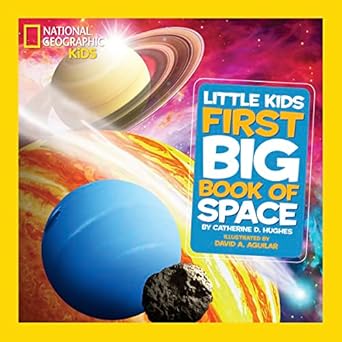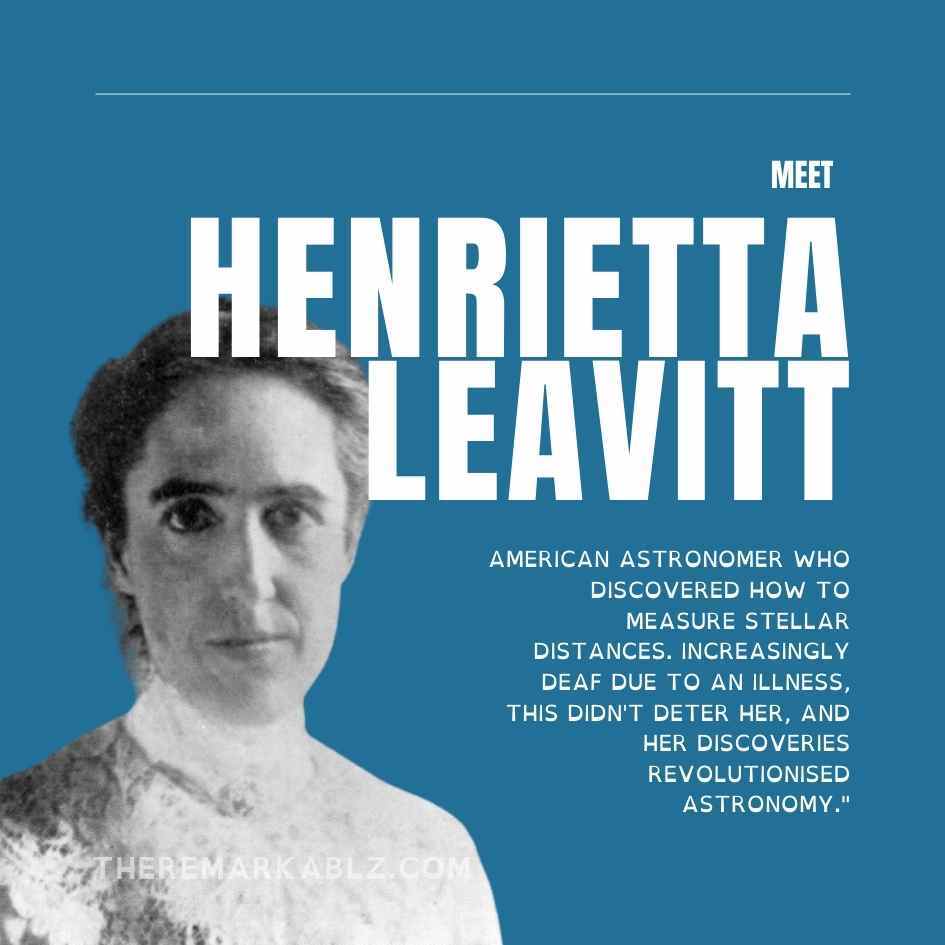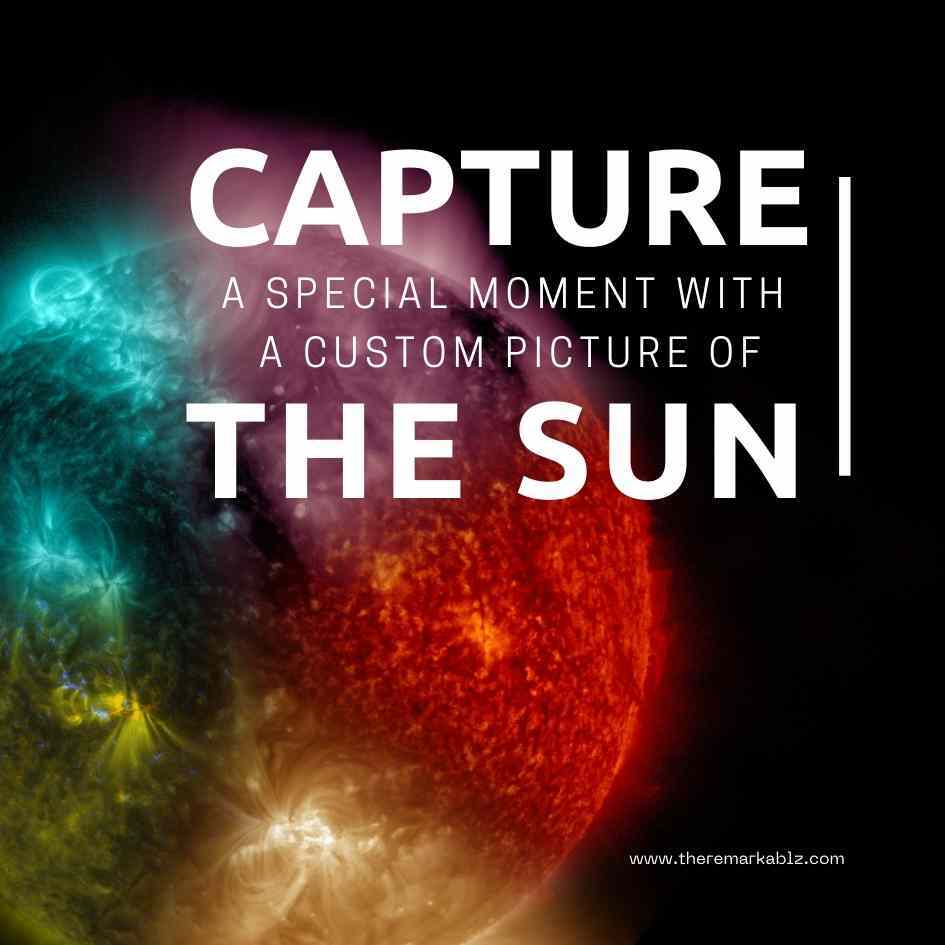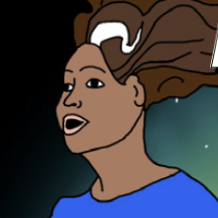
Get to Know
Wanda Diaz-Merced
Discover why we turned this science hero into a superhero
WHO WAS WANDA
DIAZ-MERCED?
Name: Wanda Diaz-Merced
Occupation: Astrophysicist
Nationality:
Wanda was born in a small remote town in Puerto Rico. As a child, she and her sister would pretend to explore space.
When she won the school science fair she realised that pursuing a career in science was something she wanted to do. Wanda went on to study physics at the University of Puerto Rico and had an internship at NASA. Wanda lost her sight in her early 20s and found new ways to study stellar radiation without relying on her vision. She uses her ears to detect patterns in the radio data and has created sonification (a technique for turning data into sounds) software.
Occupation: Astrophysicist
Nationality:
Wanda was born in a small remote town in Puerto Rico. As a child, she and her sister would pretend to explore space.
When she won the school science fair she realised that pursuing a career in science was something she wanted to do. Wanda went on to study physics at the University of Puerto Rico and had an internship at NASA. Wanda lost her sight in her early 20s and found new ways to study stellar radiation without relying on her vision. She uses her ears to detect patterns in the radio data and has created sonification (a technique for turning data into sounds) software.
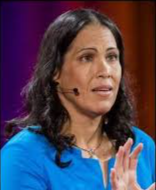
In The Remarkablz Universe, Wanda can hear sounds across galaxies, and is also able to control solar winds. As a young girl, Wanda was prone to adventuring near Messier 31. One day, while out exploring a neighbouring galaxy her ship was damaged by solar winds. Wanda was seriously injured in the ensuing crash and lost her sight. When she awoke she found she could hear sounds from remote galaxies and control the very winds that caused her ship to crash. Wanda embarked on a mission to bring to justice those who had harmed the innocent. Wanda is unafraid of the consequences and will always fight for what she believes is right.
Superhero Backstory
Wanda features in our signature card game, Top Quarkz. The game supports the development of maths, literacy and decision-making skills all while learning about some of the most impressive scientific discoveries throughout history.
We've explained the drawing and her playing card below so you can learn more.
We've explained the drawing and her playing card below so you can learn more.
Wanda can hear sounds across galaxies, and is also able to control solar winds.
- On Wanda's superhero outfit is the drawing of sound waves, and her belt features some of our planets.
Superpower
Sounds of Science was a 2011 paper written by Wanda.
The Andromeda Galaxy is nearest major galaxy to the Milky Way (our galaxy).
Location
SideKick
Wanda doesn't need a sidekick she is that awesome.
Black Holes are the most dangerous threat a superhero could face.
Weakness
Each drawing we create has one or more hidden treasure(s) about our superheroes' life experiences, depictions in art, jobs or discoveries. Did you find the ones hidden in this drawing?
Discovery
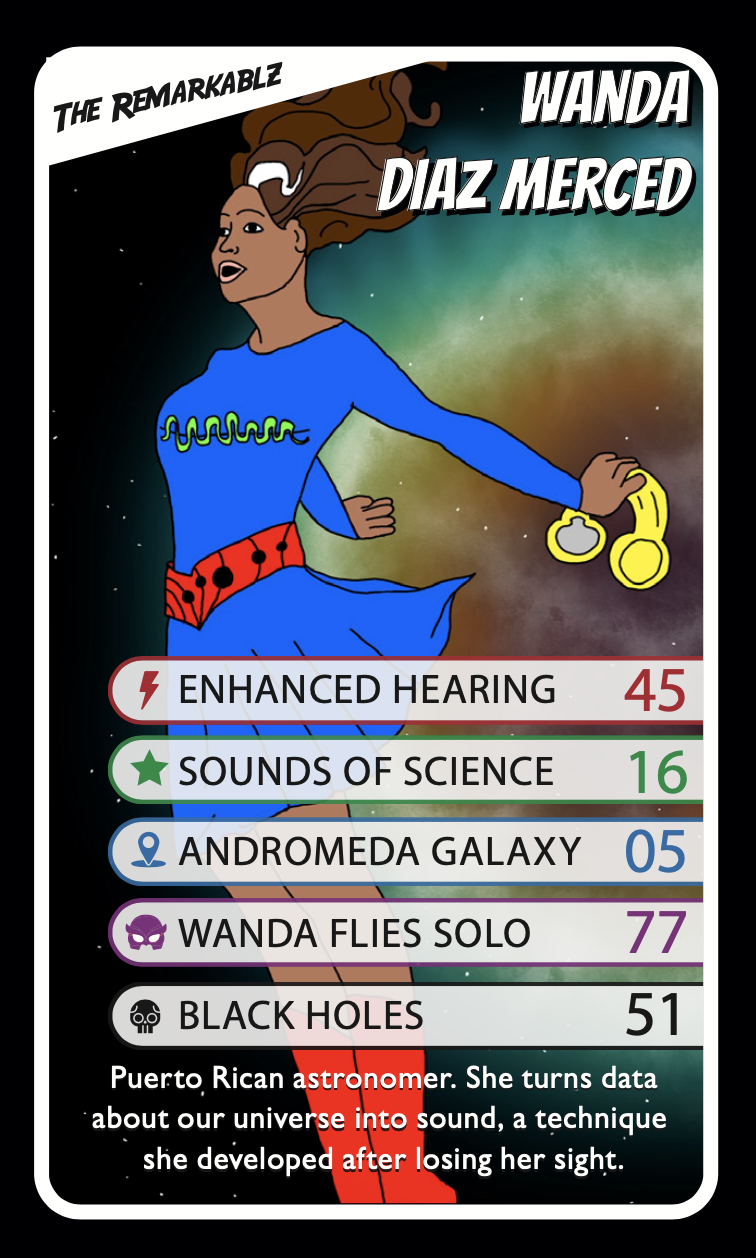
We have packed a lot into our Top Quarkz playing cards - from amazing imagined superpowers to biographical information and hidden treasures.
This Blind Astrophysicist 'Sees' the Universe in the Most Amazing Way.
Hear more about how Wanda found a way to continue her work as an astrophysicist by converting scientific data into sound. This short film by National Geographic looks at the process known as "sonification," Wanda listens to the stars to detect patterns in seemingly random astrophysical data. As she says, “If we only see with our eyes, our perception is very narrow.”
Astrophysicists study how the universe works. They look at planets, black holes, galaxies, and all the space between them. Using physics and math, they try to understand how these objects move, how they were formed, and what they’re made of. Their goal is to answer big questions like how the universe began. Video credit: PBS Space Time
Scientists have used special instruments to "listen" to the vibrations on the Sun’s surface. When those vibrations are converted into sound, the Sun has a deep, pulsing hum—almost like a giant heartbeat or a low drum. Alex Young, NASA, explains how sound connects us with the Sun and all other stars. This video features low frequency sounds of the Sun.
- Sound comes from vibrations. These vibrations create sound waves which move through air, water, and solid material before reaching our ears.
- Sound waves in are collected by the outer ear and then travel to the eardrum and make it vibrate.
- Sound moves faster through water than air.
- The speed of sound is around 1,230 kilometres (767 miles) per hour.
What do Astrophysicists do?
Fun Facts About Sound!
There is no sound in space. Sound needs something to travel through—like air, water, or solid objects. Space is a vacuum, which means it has almost no particles, so sound waves can’t move through it. But the universe does make noise! In this video (by TheCuriousEngineer) find out how scientists have learned that there's still plenty to hear in space.
Is there sound in space?
What does the sun sound like?
Little Kids First Big Book of Space (National Geographic Kids)
EDUCATIONAL RESOURCES
The latest addition to the "National Geographic Little Kids First Big Books Series", "Little Kids First Big Book of Space" is a visually compelling and approachable first reference book for 4-8 year olds who are eager to have their very own big books. Featuring fun, short entries about planets, stars, galaxies, and more, this charming book is perfect for reading aloud or for beginning readers to enjoy by themselves.
"...Everything in the universe has its own voice." Wanda Diaz-Merced
Sign up to our Newsletter
By signing up to receive emails, you agree that we may use the personal information provided by you to send you marketing emails. You can opt out of these emails any time by clicking the unsubscribe link or by contacting us. To see how we use your personal data, please see our Privacy policy.

